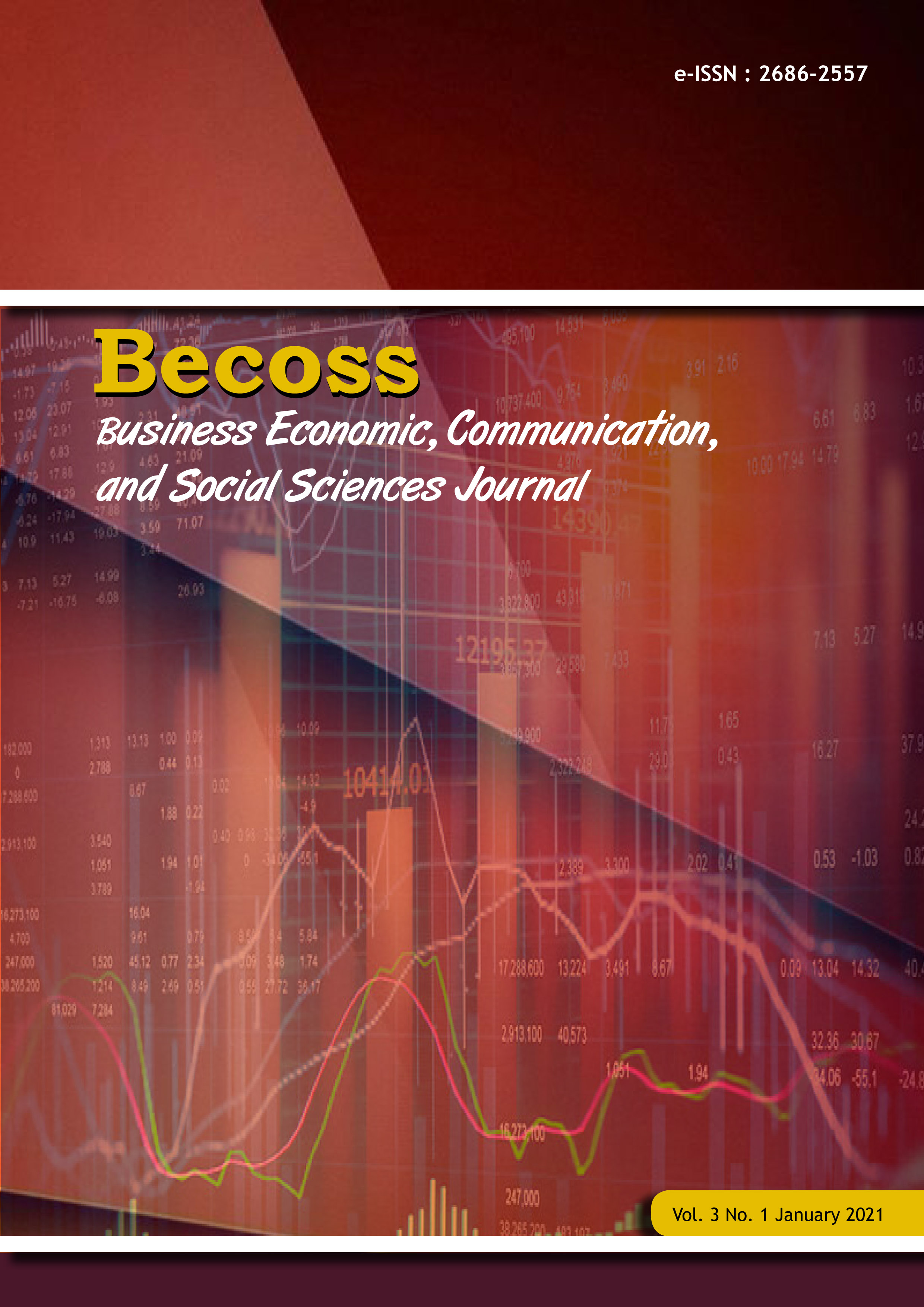Human and Technology in the Animation Industry
DOI:
https://doi.org/10.21512/becossjournal.v3i1.6748Keywords:
Animation, Industry, Human, TechnologyAbstract
Humanism is a term in intellectual history that is often used in the fields of philosophy, education and literature. In classical greek times, this humanism manifested itself in paideia, a classical greek education system that was intended to translate the vision of the ideal human being. However, this classical Greek perspective departs from a purely natural view of humans. So, humans and education are like two sides of a coin that cannot be divorced. Technology is also the result of educated human beings, technology holds many beautiful promises, but in the experience and history of technology also contains threats and dangers contained in it. In this study, how to discuss the history and development of the Indonesian animation industry, from a human and technological perspective. The result of this research is to provide a viewpoint of thinking in the animation industry that humans and technology can coordinate together, resulting in many animation actors who maximize potential in animation technology.
References
Cavalier, S. (2011). The world history of animation. London: Aurum.
Gregor, M., Horejsi, P., & Å imon, M. (2020). Case Study: Motion Capture for Ergonomics. Innovation Vision 2020: From Regional Development Sustainability to Global Economic Growth, 468-476.
Harari, Y. N. (2014). Sapiens: A Brief History of Humankind by Yuval Noah Harari. The Guardian.
Harari, Y. N. (2017). Homo Deus. In Homo Deus. https://doi.org/10.17104/9783406704024
Harari, Y. N. (2018). Tantangan Teknologi. In 21 Adab untuk abad ke 21 (1st ed.). Manado: CV.Global Indo Kreatif.
Kurnianto, A. (2015). Tinjauan Singkat Perkembangan Animasi Indonesia dalam Konteks Animasi Dunia. Humaniora, 6(2), 240. doi:10.21512/humaniora.v6i2.3335
Samho, B. (2008). Humanisme Yunani Klasik dan Abad Pertengahan. In B. Sugiharto (Ed.), humanisme dan humaniora. Bandung: Pustaka Matahari.
Sugiharto, B. (2013). Humanisme dan Pendidikan Bagi Masa Depan. In B. Sugiharto (Ed.), humanisme dan humaniora (II). Bandung: Pustaka Matahari.
Sharma, A., M., Sharma, A., & P. (2013). MOTION CAPTURE PROCESS, TECHNIQUES AND APPLICATIONS. International Journal on Recent and Innovation Trends in Computing and Communication, 1(4), 251-257.
Thalmann, N., & Thalmann, D. (1996). Computer animation in future technologies.
Downloads
Published
How to Cite
Issue
Section
License
Copyright (c) 2021 Business Economic, Communication, and Social Sciences (BECOSS) Journal

This work is licensed under a Creative Commons Attribution-ShareAlike 4.0 International License.
Authors who publish with this journal agree to the following terms:
- Authors retain copyright and grant the journal right of first publication with the work simultaneously licensed under a Creative Commons Attribution License - Share Alike that allows others to share the work with an acknowledgment of the work's authorship and initial publication in this journal.
- Authors are able to enter into separate, additional contractual arrangements for the non-exclusive distribution of the journal's published version of the work (e.g., post it to an institutional repository or publish it in a book), with an acknowledgment of its initial publication in this journal.
- Authors are permitted and encouraged to post their work online (e.g., in institutional repositories or on their website) prior to and during the submission process, as it can lead to productive exchanges, as well as earlier and greater citation of published work.
USER RIGHTS
All articles published Open Access will be immediately and permanently free for everyone to read and download. We are continuously working with our author communities to select the best choice of license options, currently being defined for this journal as follows: Creative Commons Attribution-Share Alike (CC BY-SA)






